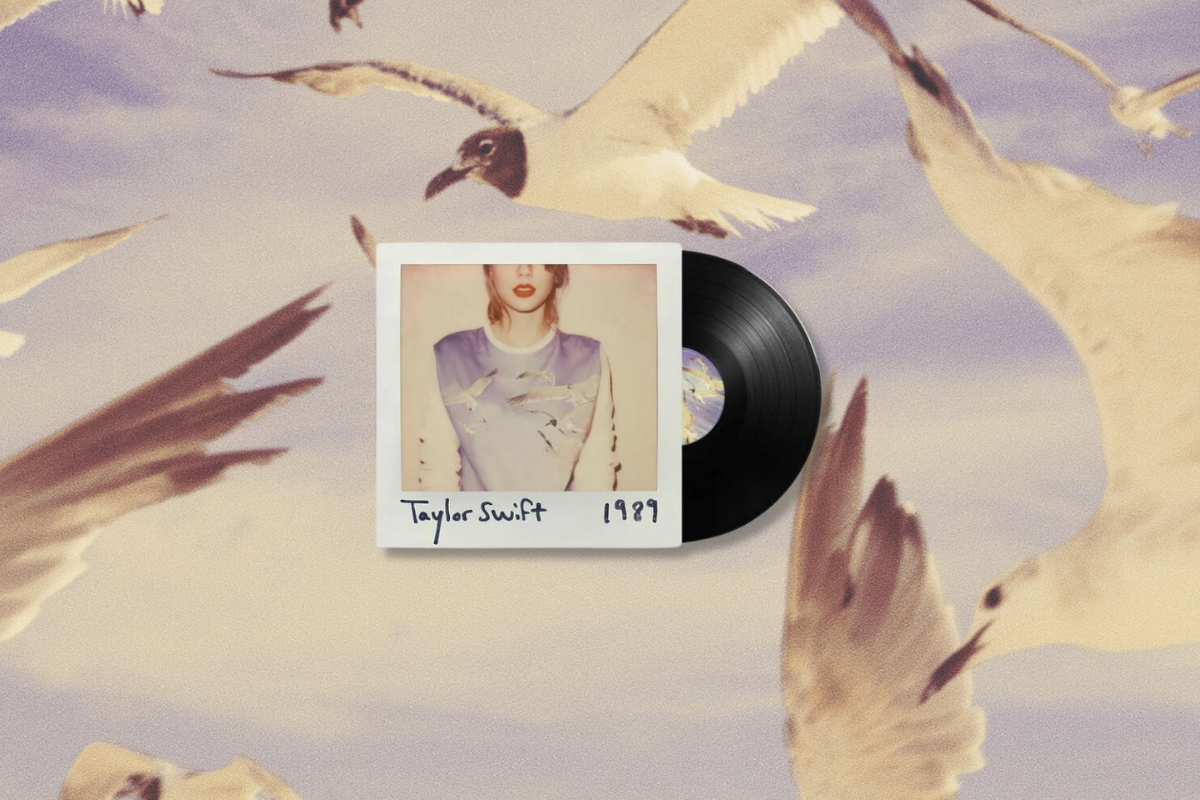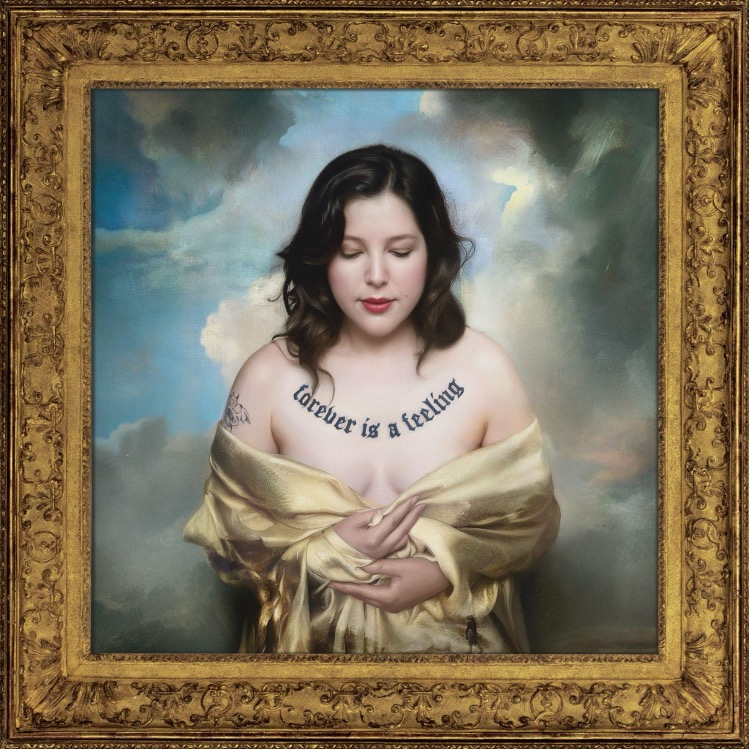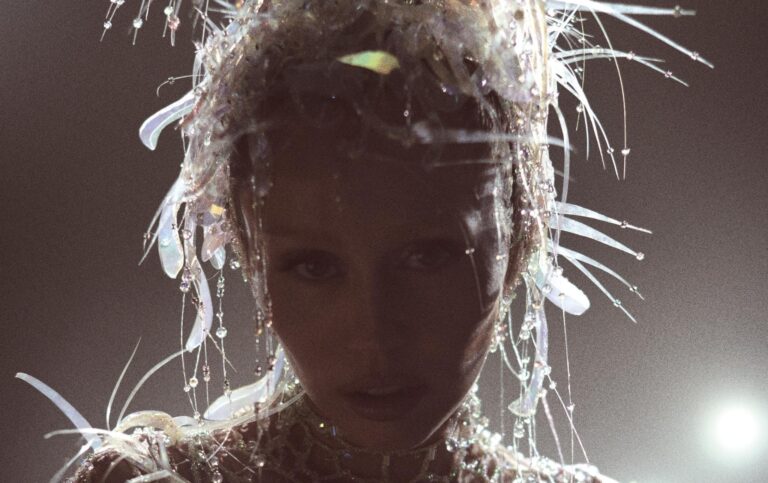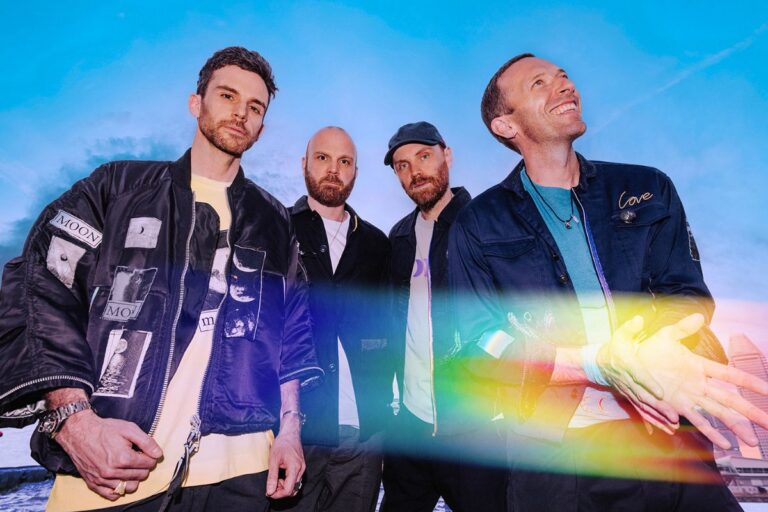Taylor Swift’s 1989: The Backstory of a Pop Revolution
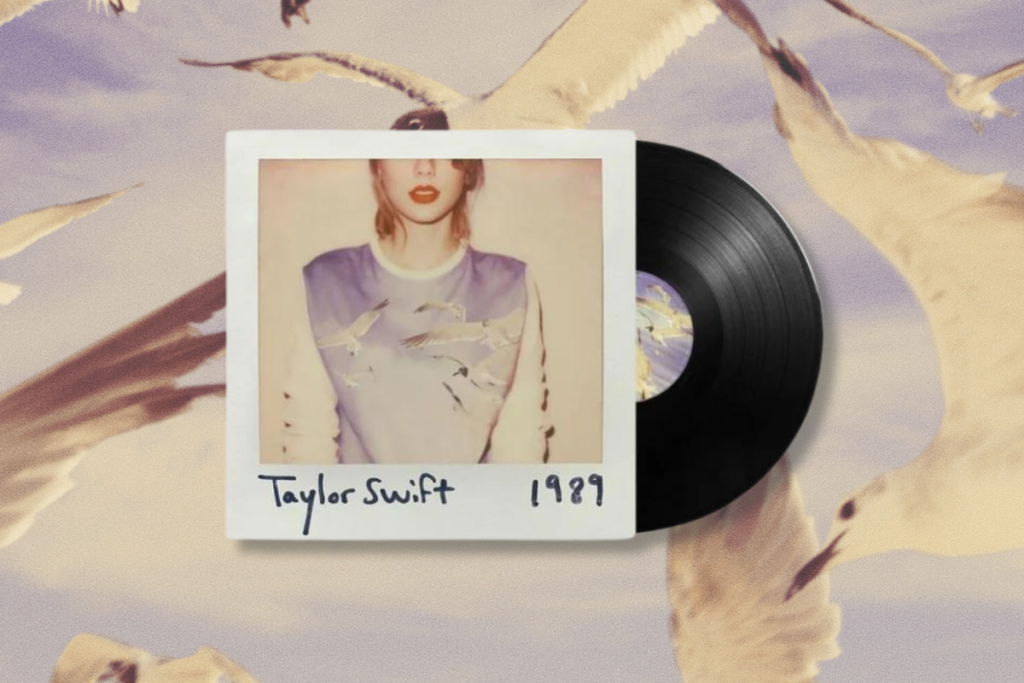
1989, Taylor Swift’s fifth studio album, stands as one of the defining musical releases of 2014 and a pivotal moment in her career.
Released on October 27, 2014, the album marked a bold shift for Swift as she moved away from her country roots and fully embraced the world of pop music
Meticulously crafted across recording sessions in the United States, United Kingdom, and Sweden, contributions came in the form of some of the industry’s most influential producers, including Max Martin, Jack Antonoff, Imogen Heap, and Ryan Tedder. Their expertise helped shape the album’s signature sound – a sophisticated blend of 1980s-inspired synth-pop that seamlessly married nostalgic elements with modern production techniques. Named after Swift’s birth year, 1989 symbolised a significant personal and artistic rebirth, capturing her transition into a fully realised pop artist. The standard edition of the release offered a modest 13 tracks, each reflecting Swift’s introspective lyrics and creative evolution, while the deluxe edition included six additional songs that further explore the album’s overarching themes of self-discovery, independence, and empowerment.
But what made this album so iconic, and such a monumental release for this era in music? Swift spent time carefully curating the album, expanding her songwriting style by exploring love and heartbreak from various perspectives.
Swift’s personal life became a focal point for the media during the 1989 era, with much of the attention centred around her highly publicised relationship with One Direction member, Harry Styles. Their brief but high-profile romance captured the fascination of tabloids and fans alike, fueling widespread speculation about the influence it had on Swift’s songwriting at the time. Several tracks from the album, including Style, Out of the Woods, Wonderland, Blank Space, All You Had to Do Was Stay, and Clean, are widely rumoured to be inspired by her relationship with Styles.
While Swift has famously chosen not to confirm the specific inspiration behind each song, the vivid imagery and themes of turbulence, vulnerability, and longing within these tracks have led many to draw parallels to her time with Styles.
Even though 1989 received great commercial success, others, such as her record label, were sceptical about Taylor’s decision to move into the pop space. There were suggestions that Swift should continue writing country songs as a backup plan in case her transition to pop didn’t succeed. She even held multiple meetings with her team to discuss the reasons behind her desire to shift genres, fighting the belief that the move would be a commercial car crash.
Ultimately, however, Swift chose to start a new chapter in her life by diving head-first into commercial pop. She moved from Nashville to New York, a story which inspired track one from 1989, Welcome to New York. Yet it was the album’s lead single, Shake It Off, that was the catalyst for Swift’s pop evolution.
Other standout singles from 1989 include Blank Space, Style, Bad Blood, Wildest Dreams, Out of the Woods, and New Romantics. While many of the songs explore different facets of love, Bad Blood stands out as a track about friendship betrayal. If there’s one thing people associate with Taylor Swift, it’s the infamous story behind Bad Blood, a song that holds special significance within the Swiftie fandom and has become as iconic as the album itself. Widely believed to detail Swift’s fallout with Katy Perry, the track’s success was fueled by rumours that Perry attempted to hire away members of Swift’s tour crew to sabotage her arena tour.
Adding to the song’s cultural impact was its star-studded music video, which featured a lineup of high-profile celebrities, including Selena Gomez, Hailee Steinfeld, Gigi Hadid, Ellie Goulding, Cara Delevingne, Zendaya, Hayley Williams, Karlie Kloss, Jessica Alba, and Cindy Crawford amongst others. The video became a pop culture moment, with many of these “Girl Squad” members later joining Swift on numerous red carpets. While some of these friendships have endured, others have faded over time, adding another layer of intrigue to Swift’s ever-evolving personal narrative.
Furthermore, 1989 debuted at the top of the US Billboard 200 with sales of over 1.2m in its first week of release. It remained there for a further 11 weeks, and as a result, Swift became the only artist to achieve this accomplishment in 2014. Continuing with the commercial success, 1989 shifted 90,000 units in its first week in the UK, where it was the fastest-selling album by a female artist that year.
Of course, since its initial release in October of 2014, 1989 has received the Taylor’s Version treatment, marking another monumental step in the star’s ambitious project to reclaim ownership of her music. This re-recording project began after a highly publicised dispute over the rights to her early masters, which prompted Swift to take control of her work in an unprecedented way. 1989 (Taylor’s Version), released in 2023, brings with it a refreshed sound while staying true to the pop essence that made it a global sensation a decade ago.
This iconic album was one that officially marked Taylor Swift’s transformation from country star to reigning pop princess. With its bold departure from the country-tinged sound that had defined her early career, 1989 embraced a fresh, synth-driven pop aesthetic, signalling Swift’s evolution as both an artist and a cultural force. The album’s infectious melodies and polished production showcased a more mature, confident Swift – one unafraid to break free from the constraints of genre expectations.
This album was more than a genre shift; it was a cultural reset that propelled Swift into a new era of stardom and altered the female pop landscape for good.
Listen to 1989 👇🏼
But Taylor’s Version, of course!

